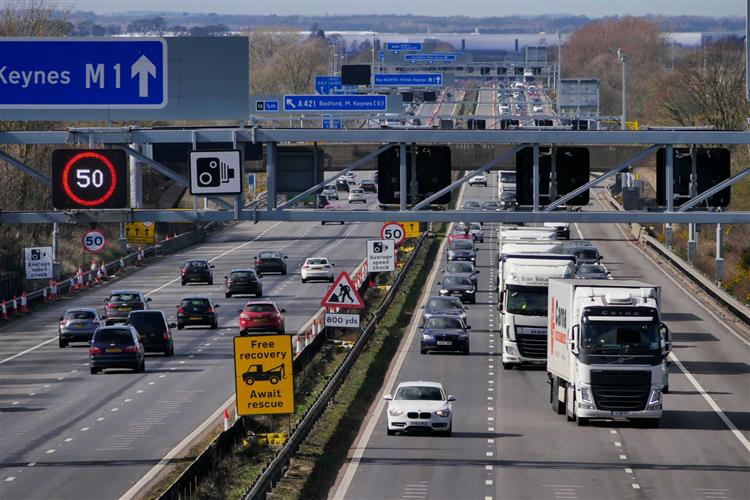DRIVERS AVOID HARD SHOULDER ON SMART MOTORWAYS

News Published on : 07-Mar-2022 17:39:43

A new study for Kwik Fit has found that 73% of British drivers say they avoid driving on the hard shoulder of a smart motorway even though the signs show that it is open for traffic. This proportion has increased from 56% of drivers when the company asked the same question in 2019. While understanding of the smart motorway signage appears to have improved in the last two years safety worries have increased significantly. Concern there may be a stationary vehicle ahead is the most common reason given by drivers who say they avoid the hard shoulder stated by 31%. The second most frequent response from motorists who steer clear of the hard shoulder is that they simply don t think that smart motorways are safe and they therefore drive as if it s a normal motorway cited by 30%. In 2019 29% of drivers avoiding the hard shoulder said they were often uncertain whether they should be there or not as the signs were unclear. Kwik Fit s new research has seen this fall to 22% indicating a greater familiarity with the smart systems yet this means that one in five drivers who don t use the hard shoulder say they are still not confident they understand the signage. Approximately the same number of hard shoulder avoiders (19%) say they are concerned about having no escape route to their left hand side if they have to change lanes quickly 17% say they don t like driving so close to the verge and 15% are worried about damage from debris on the hard shoulder. When asked about the government s plan to pause the introduction of any new smart motorways more than one in three (36%) people believe smart motorways are more dangerous and rather than any pause permanent hard shoulders should be reinstated as soon as possible. One in five (22%) people in the Kwik Fit research thought pausing to allow more data to be gathered on their safety is a sensible approach as it is unclear whether smart motorways are more or less safe than traditional motorways.




